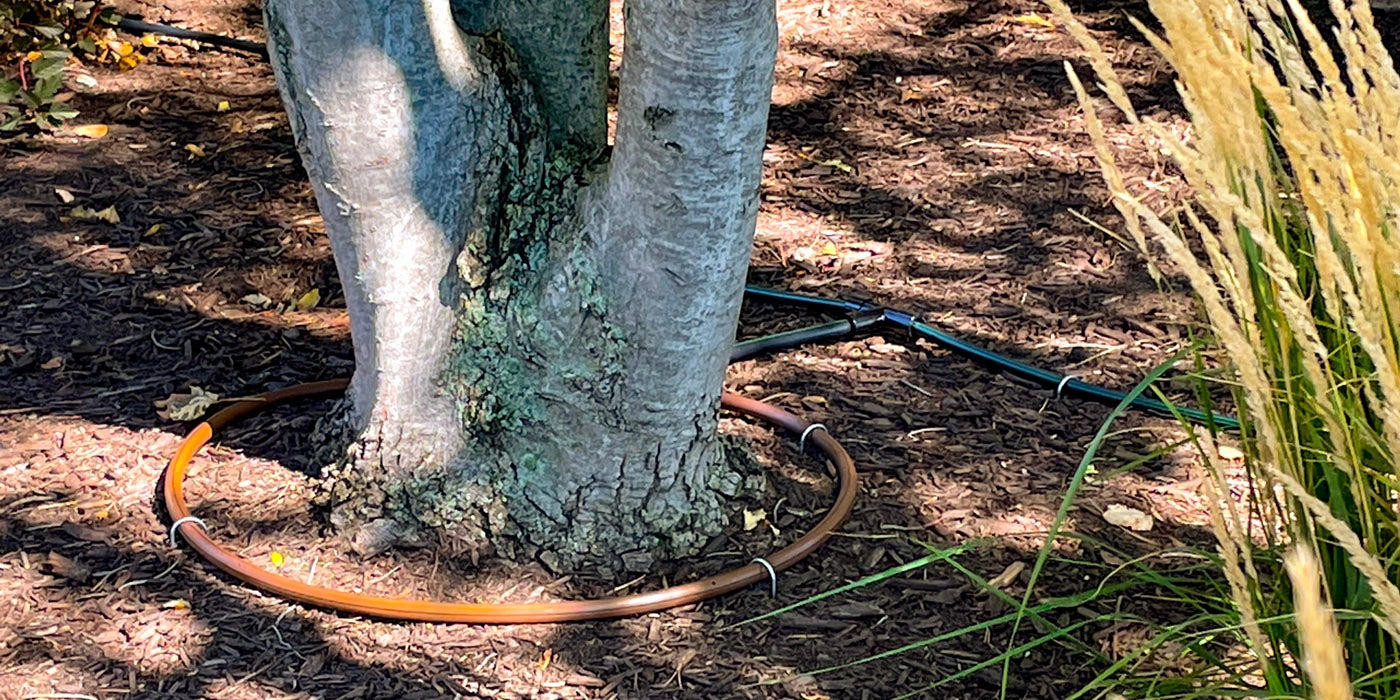Why Fall is a Great Time to Plant Trees and Shrubs

As the leaves begin to change color and the air becomes crisp, thoughts may turn to pumpkins, costumes, and turkey dinner. However, autumn is also a great time to plant trees and shrubs. Planting trees and shrubs in your lawn is also a great way to improve your home's curb appeal and increase its value. Plus, it's a fun and satisfying project that you can do yourself. Here are a few things to consider before you get started.
The warm days and cool nights of fall offer perfect planting conditions that give the trees and shrubs a chance to get established before winter sets in. The roots can use the extra time to establish themselves and grow before the ground freezes over in winter. This allows them to be better prepared to withstand cold temperatures and makes them less likely to be damaged by frost heaving.
Another benefit of planting trees and shrubs in autumn is that their winter dormancy gives them additional time to establish and strengthen their root system in time for the summer growing season. If you plant them in spring or summer, they will have to endure the hot sun and possibly drought conditions right away while they are trying to get established.
Guide to planting trees and shrubs
Trees and shrubs can add beauty and value to your home. They can provide privacy, shade, and a place for the kids to play. There are also several ecological benefits. Due to their deep root systems, trees and shrubs help to stabilize the soil and prevent erosion. They also provide habitat for wildlife and improve air quality. In addition, shrubs require less water than trees and are therefore easier to maintain in drought-prone areas. As a result, planting trees and shrubs is an effective way to improve the environment. Even a small garden can make a significant difference. But before you can enjoy all those benefits, you need to get them planted! Here's a step-by-step guide to planting trees and shrubs.
Choosing the Right Plant
When selecting a tree or shrub, it's important to consider its final size, shape, and growth habit. This will ensure that the plant doesn't outgrow its space or become too unmanageable down the road. Additionally, be sure to select plants that are appropriate for your climate zone. This information can usually be found on the plant tag or label.
As a bonus, if you shop for trees and shrubs in the fall, you can often take advantage of discounts from nurseries that are looking to get rid of their stock before winter. This can help you save money on your landscaping projects.
Choosing the Right Location
One of the most important things to consider when planting trees and shrubs is the location. Choose a spot that gets enough sun and has well-drained soil. A good rule of thumb is to select a spot that gets at least six hours of sunlight each day.
Dig the Hole
Once you've found the perfect spot, it's time to start digging. Dig a hole that is twice as wide as the tree's or shrub's roots, but no deeper than the root ball. If you plant the tree or shrub too deep, it could suffocate and die. So be sure to loosen up the soil at the bottom of the hole before you start planting.
Prep the Plant
Once you've finished digging, it's time to add some amendments to the soil. Amendments improve drainage and aeration, and encourage circling roots, which is important for healthy tree and shrub growth. If you're planting a tree, remove any broken or damaged roots. For both trees and shrubs, cut off any dead or diseased branches. This will help the plant focus its energy on growing new roots and branches.
Set It in Place & Backfill
Now it's time to put your tree or shrub in place. Gently rest the root ball in the center of the hole, making sure that it's level with the ground around it. Once it's in place, start backfilling the hole with dirt, packing it gently around the roots as you go. Be sure not to overfill—you want there to be a slight depression around the plant so that water will run towards it instead of away from it.
Water & Mulch
After you've backfilled and tamped down the dirt around your newly planted tree or shrub, give it a good watering. Drip or spot irrigation are great methods for watering newly planted trees and shrubs since the water can be applied directly to the root system of the plant. Rain Bird manufacturers a variety of drip watering devices and emitters that are perfect for watering newly planted trees and shrubs. Simply wrap a section of tubing with 2, 3, or 4 drippers, or a loop a section of emitter tugging around the base of the tree or shrub, then add a layer of mulch around it (but not touching its trunk or stems). This will help keep moisture in and weeds out!
Whether you are a DIY landscaper or a homeowner who wants to spruce up your yard, planting trees and shrubs in autumn can be a great way to do it. The cooler weather helps the plants get established more quickly, they will be less stressed as they go into dormancy for winter, and you can take advantage of potential end of season discounts from nurseries. By following these simple tips, you can be sure your trees and shrubs will thrive for years to come.
